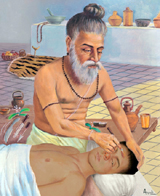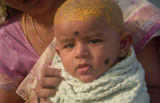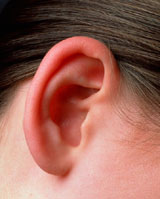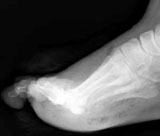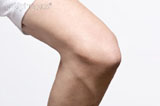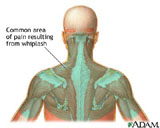Āyurveda
Suśruta saṁhitā su. 3-15
Editor’s note:
Ancient physicians of Āyurveda were known to have extraordinary capacities of healing. They could predict the life-span of a person by just looking at him or her. A brief hint on how this was done is given in the Suśruta Saṁhita..

Before starting treatment, a physician should examine the life-span of the patient. If he is destined to live, the disease, the season of its appearance, the digestive ability of the patient, his age, body-strength, psychic temperament, suitability, constitution, medicine to be used and his place etc. should be assessed.
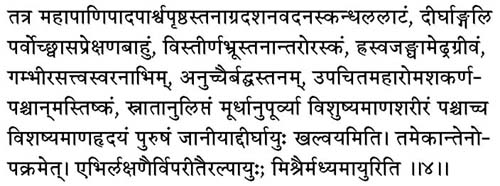
(The life-span of a person can be judged from the structural pattern of his body). One lives for a long time if one’s hands, legs, sides, back, teat, teeth, face, shoulders and forehead are bigger than the average. One lives long if one’s fingers, eyes and arms are longer than normal and one takes deep breaths. The one who has a broad chest and eyebrows and who has a broad space between the muscles of the breasts also lives long. He also lives long whose thighs, generative organ and neck are shorter than those of the average type, or whose strength, voice and navel are deep, whose breasts are unraised and thick-set, whose ears are fleshy, broad and hairy, whose posterior part of the head is fully developed.
One on whose body the sandal or other pastes dry up from the head downwards and that applied over the chest is absorbed later, should be looked upon as long lived. A physician should treat such a patient without any hesitation.
People having body constructions opposite to the above mentioned ones are short-lived. Those who have a mixture of both are moderately lived.
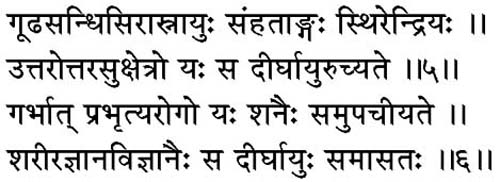
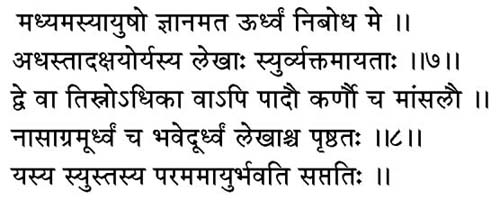
Now know my knowledge about the life span of a moderately lived person.
One, the lower portions of whose eyelids are marked with two or three or more extended lines or furrows, whose ears and legs are fleshy, the tip of whose nose is turned a little upwards, and who has lines on his back pointing upwards, lives for seventy years.
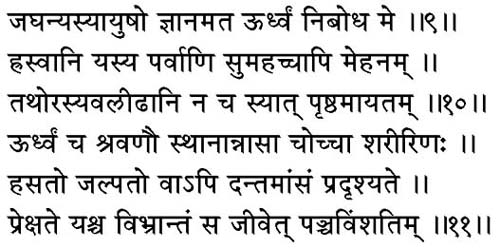
Now understand my knowledge about a short-lived person. The man who has short phalanges in the fingers and a large generative organ; a chest covered with ringlets of curly hair and narrow back; ears raised from their natural seats and a high nose; who exposes the gums of his teeth while laughing and talking and who rolls his eyes around, lives a life of twenty five years only.
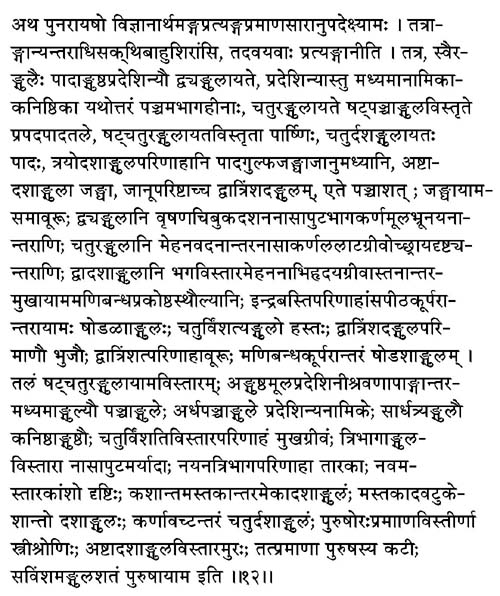
Now we shall describe the essence of the exact measures of the body and its parts, for a better knowledge of the duration of the life of a patient under investigation.
The legs, arms and head are called limbs (aṅga) of the body, while their component parts are called pratyangas or members of the limbs.
The great toe of a man, or the one next to it, measured with his own fingers should measure two fingers-width in length. The length of the other toes (the third, fourth, and small ones) successively diminishing by a fifth part of his second toe (Pradeśinī).
The fore-sole and the sole proper should measure four fingers-width in length each and in breadth the fore sole should measure six fingers-width and the sole proper should measure five fingers-width. The heel of the foot (Parshni) should measure six fingers-width in length and four fingers-width in breadth. The foot itself should measure fourteen fingers-width in length. The girth of the ankle, as well as the circumference of the leg four fingers above the ankle, should measure thirteen fingers in width.
The part of the leg between the ankle and the knee-joint should measure eighteen fingers-width in length, while the part between the waist and the knee-joint should measure thirty-two fingers-width in length, the entire leg thus measuring fifty fingers-width in length. The length of the thigh is the same as that of the part lying between the heel and the knee-joint.
The scrotum, the chin, the (two rows of) teeth, the exterior line of the nostrils, the roots of the ears, and the intervening space between the two eyes and that between the two eye-brows, should respectively measure two fingers-width in length. The non-erect penis, the cavity of the mouth, the nose, the ears, the forehead, the height of the neck and the space intervening between the pupils of the eyes should measure four fingers width in length.
The entire length of the vaginal canal should measure twelve fingers- width. The space lying between the penis and the navel, as well as the one intervening between navel and the heart and the space between the heart and the neck, the distance between the two nipples of the breasts, should measure twelve fingers-width in length. The length of the entire face should measure twelve fingers-width. The wrist and the fore-arm of a man should measure twelve fingers in their roundness.
The calf of the leg should be sixteen fingers-width and the length between the shoulder and the elbow should measure sixteen fingers-width. The length of the arm between the elbow and the tip of the middle finger should measure twenty-four fingers-width. The length of the entire arm measures thirty-two fingers-width, and the girth round the thighs should measure thirty-two fingers-width. The length between the wrist and the elbow should be sixteen fingers-width. The palm of the hand should measure six fingers-width in length and four fingers-width in breadth. The distance between the bottom of the thumb and the root of the index finger, the distance between the root of the ear and the outer corner of angle of the eye and length of the middles finger should measure five fingers in length. The index and the ring fingers should measure four and a half fingers in length, the thumb and the little finger should measure three and a half fingers.
The breadth of the mouth is four fingers-width, while the girth round the neck should measure twenty fingers. Each of the nostrils should measure one and three quarter parts of a finger in length. The circumference of the iris should occupy one and three quarter parts of the entire area of the eye. The pupil should measure a ninth part of the iris.
The distance between the hairy end of the temple to the middle of the head should measure eleven fingers. The distance between the middle of the head and the terminal point of the hairy portion of the neck should measure ten fingers in length. The breadth of the neck measured from the back of one ear to that of the other should be fourteen fingers. The breadth of the buttocks of a woman should be equal to the breadth of the chest of a man (i.e. twenty-four fingers).
The chest of a woman should be eighteen fingers in breadth and equal to the buttocks of a man. The entire length of a male human body should be a hundred and twenty fingers.
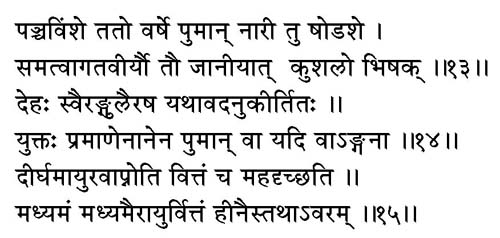
An expert physician should regard the body of a man of twenty-five and of a woman of sixteen years of age, as fully developed. The dimensions of the different limbs and members of the body, as mentioned above should be measured by the standard of one’s own finger’s width whether it is a man or a woman.
If his or her limbs and organs correspond to the above said measures, he or she is sure to live a long and prosperous life. One whose body corresponds partially to the above-said measures and proportions, should be regarded as having an average life and prosperity. Whose limbs fall short of the above said measures should be regarded as an indigent and short-lived person.
Share with us (Comments,contributions,opinions)
When reproducing this feature, please credit NAMAH,and give the byline. Please send us cuttings.

